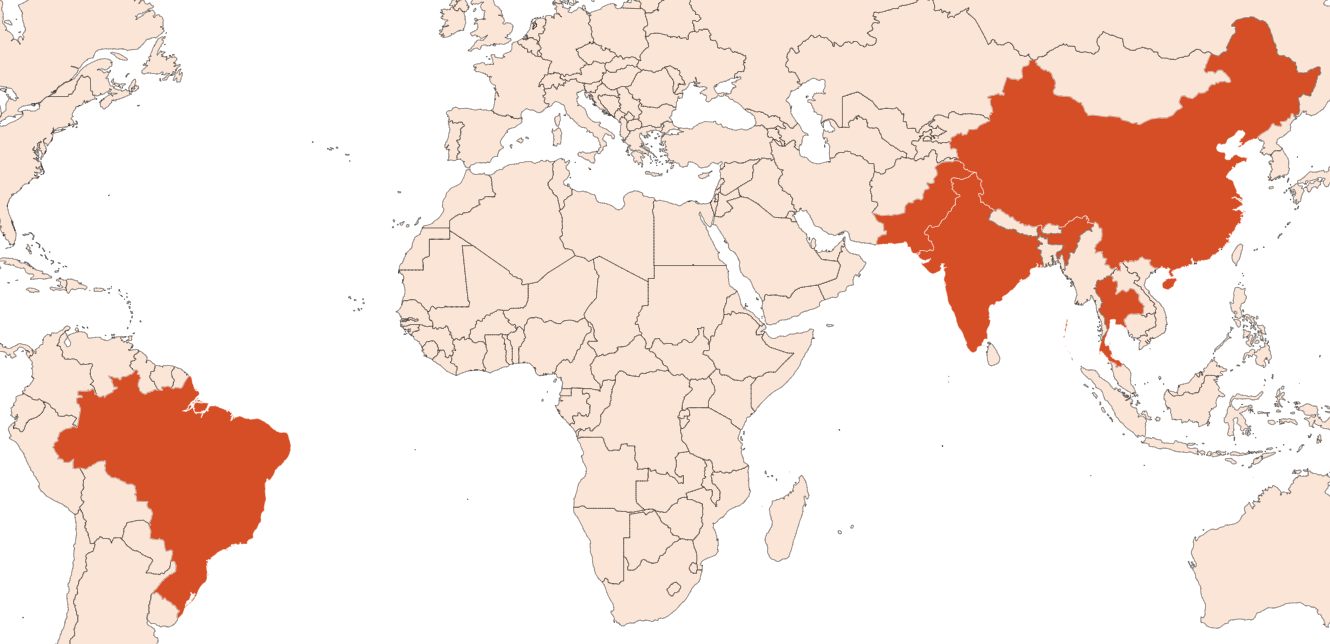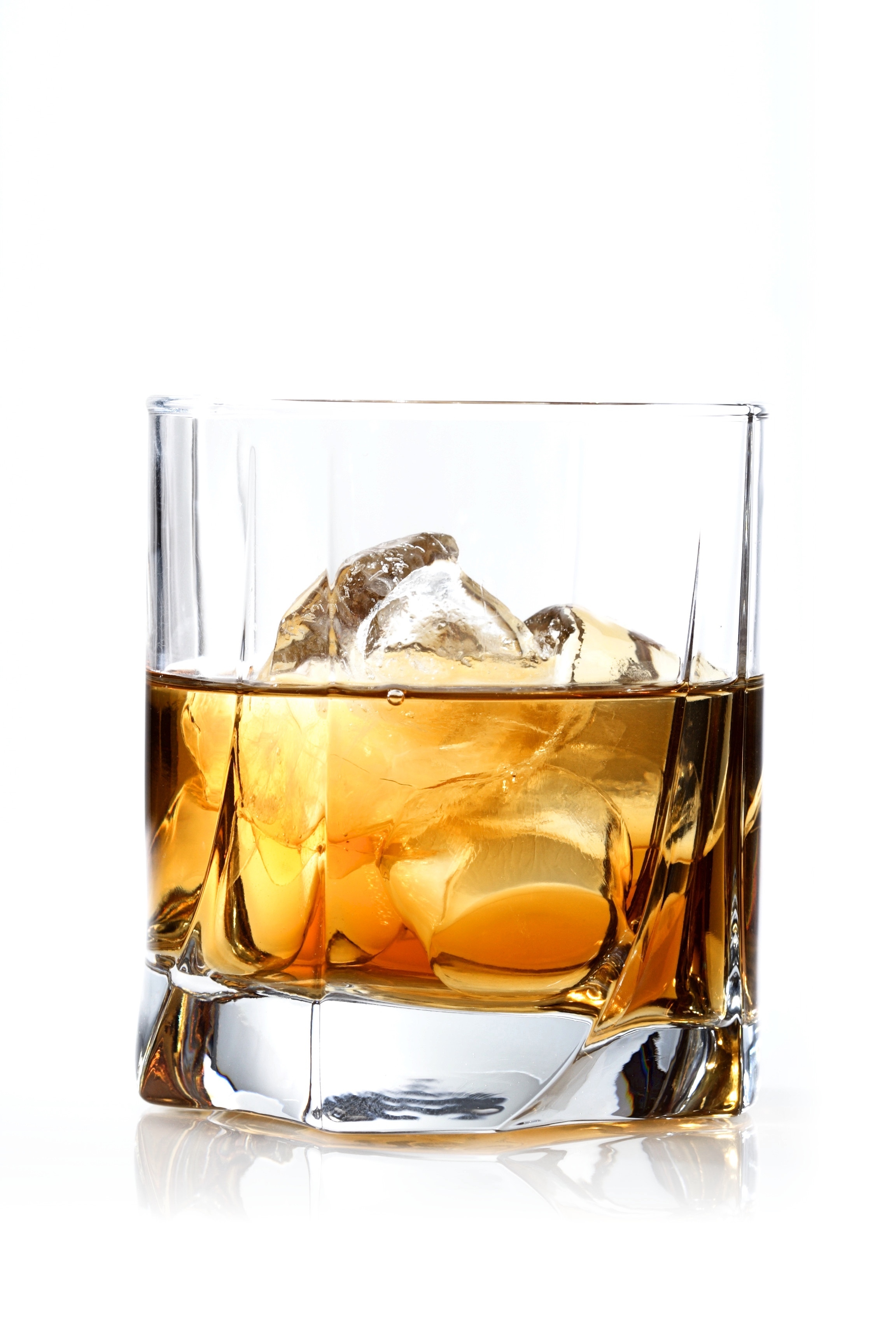| Company | Ingredient Name | ID | Comments | Naturality | Certifications | Purity | Latin name | Treated part | Geographical origin | MOQ |
|---|---|---|---|---|---|---|---|---|---|---|
|
|
Extrait CO2 de Rhum - 10 Gr | - |
Visit website
|
- | - | - | - | - | - |
General Presentation
-
CAS N° : 943609-24-3
-
EINECS number : 292-323-0
-
FEMA number : Donnée indisponible.
-
Appearance : Amber liquid
-
Density :
-
Volatility : Head/Heart
-
Price Range : €€€€
Physico-chemical properties
-
Optical rotation : Donnée indisponible
-
Vapor pressure : Donnée indisponible
-
Refractive Index @20°C : Donnée indisponible
-
Acid Value :
-
Flash Point :
Uses
Uses in perfumery :
Used in all kind of alcohol notes (mojito, whisky and fruity liquors), in liquorous, fruity and ambery notes, to bring a liquorous and candied fruit effect.
Major Components :
Data not available.

Photo credits: ScenTree SAS
Botanical name :
Data not available.
Botanical profile :
Rum is an alcoholic beverage made from sugar cane maceration, of the Poaceae family and the genus Saccharum
Chemotypes :
Saccharum officinarum is no longer the only sugar cane species grown to produce rum. Many hybrids resulting from crossbreeding between this species and others exist. The species used to be crossed are: Saccharum spontaneum (from India, Nepal and Bhutan), Saccharum robustum (from Papua New Guinea), Saccharum sinense (from China) and Saccharum barberi (from China) among others.
Extraction process :
Rum is an alcoholic beverage made from sugar cane. The canes are manually cut and stacked in trucks to be taken to the factory. They are weighed and their pH is controlled. They are then chopped and shredded to facilitate the following crushing. The crushing is done by a succession of mills. Each crushing is followed by a rinsing of the rods with water. The cane juice is filtered and then pumped to the fermentation tanks.
Fermentation is allowed by the addition of yeasts, transforming the sugar into alcohol. 24 hours of fermentation allows to obtain a ''cane wine '' containing 5% alcohol. A distillation is then necessary to increase this percentage and obtain white rum, after storage in wooden barrels for 3 months. Brown rum is stored much longer, and generally reaches 18 months of storage in barrels, which explains its coloring.
For perfumery, brown rum absolute is obtained by distilling brown rum to remove the alcohol and only keep the odoriferous ingredients, recovered in the distillation flask.
Other comments :
''Old rum '' appellations also exist, given for rum macerated at least during three years. In perfumery, only brown rum is used.
Stability :
Contains unstable components, that can modify the smell of the extract through time.
Regulations & IFRA
Allergens :
This ingredient does not contain any allergen.
IFRA 51th :
This ingredient is not restricted for the 51th amendment


